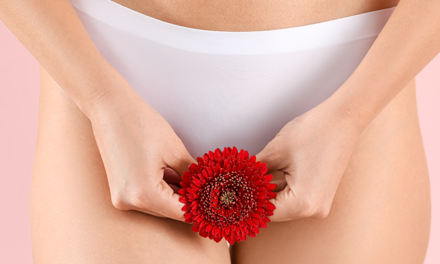In aesthetic medicine, hair loss, despite its high incidence, is often overlooked and managed in a cursory fashion. For physicians working in the aesthetic field, it is imperative to keep in mind that hair is an essential part of overall appearance and that loss of hair can significantly influence how a person is perceived by the outside world.
When introduced, minoxidil and finasteride were important steps forward as they were the first hair-loss treatments with proven efficacy for androgenic alopecia and female pattern hair loss. Two decades later, we know that there remains a need for a broader range of treatment options to successfully manage hair loss in both men and women.
New and upcoming treatments for hair loss can be categorised into drugs, light-based devices, and injectable biological agents. The most promising new drug is bimatoprost, a prostaglandin analogue initially developed to control the progression of glaucoma and management of ocular hypertension. As a side-effect, it was found to increase the growth of eye lashes by activating prostamide alpha F2 receptors in the hair follicle. Ongoing studies are currently in progress to document whether the drug is also efficient for the treatment of hair loss.
With the now proven role of inflammation in hair loss in both genders, low level light therapy (LLLT) devices, with their known anti-inflammatory effect, are gaining increasing acceptance as a treatment for hair. LLLT has been shown to increase hair count as well as hair shaft diameter. It is further believed to stimulate the metabolism in catagen and telogen follicles, resulting in an earlier transformation to active anagen phase.
Two other emerging therapies are based on cell modulation principle. First is platelet-rich plasma (PRP), a concentrated source of autologous platelets that contains several different growth factors and cytokines. Activated PRP has the potential to promote the proliferation of human dermal papilla cells and protect them from apoptosis. Clinical trials report an increase in hair thickness and computerised hair counts after injection of PRP into the scalp. The second is a hair stimulating complex (HSC) produced by neonatal cells grown under simulated embryonic conditions of hypoxia and suspension. Under these conditions, cells become multipotent and a significant upregulation of growth factors ensues. Two randomised, placebo-controlled clinical trials show that injections of HSC significantly increase total hair count and hair thickness.
All of these upcoming approaches have the potential to become valuable treatment modalities for hair loss. They allow physicians to choose optimal treatments based on the individual needs of each patient. Synergistic effects are likely when two or more treatments are used together as combination modalities are based on different mechanisms of action.





